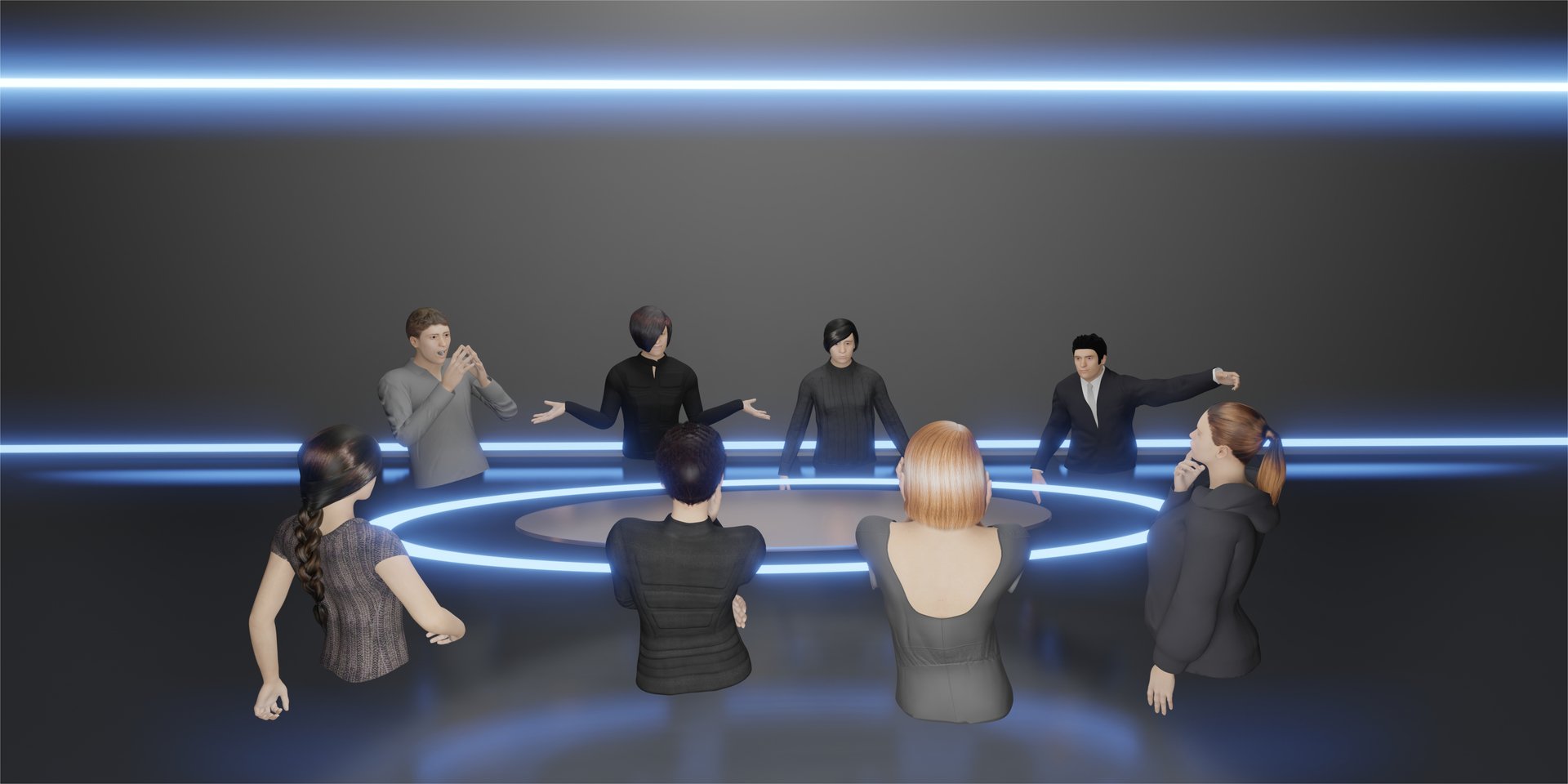What Does Metaverse Offer To Education?
In 2021, Mark Zuckerberg introduced everyone to his crazy new project. And that day, the concept of the metaverse entered our lives. I wonder what kind of benefits the metaverse can provide us with distance education and education technologies. What do we know for the future? Today I wanted to compile my thoughts on this subject for you.
How Will The Metaverse Shape Us?
1. An Unlimited Virtual Learning Space
The metaverse offers both students and teachers an unlimited workspace. All participants in education will be available anytime, anywhere. After all, distance education provided us with the flexibility of time and space. The metaverse brings time and space to a virtual environment. Students can teleport to the learning area they want. There is currently no obstacle to this in this virtual world.
2. Use Of Virtual Reality Glasses
We have seen Virtual Reality glasses applied in small-scale projects before. For example, in rooms, or laboratories. But when this technology combines with the metaverse, the door to a new universe is opened for us. The metaverse offers us serious opportunities to use Virtual Reality glasses in educational environments.
3. University Buildings Needed?
The metaverse could be a solution to the problem universities have with finding and maintaining sufficient physical space, which has been discussed for many years. Nobody wants people to stay outside in cold weather. But it seems that very soon we will not need the physical structures of universities all that much. Universities can find a place for themselves in this virtual universe, depending on how quickly they adapt to this new technology.
Metaverse And Constructivism
We have stated that the metaverse is a trending technology. It's a new and very hot technology. But how can we make use of this universe in the context of learning paradigms? How can we benefit from this universe?
Vygotsky's constructivist approach is used in many educational institutions today. As Instructional Designers, we try to design instructional environments in accordance with this approach in all our designs. In essence, the constructivist approach is the student's construction of knowledge as a result of their own past experiences and knowledge. Thus, each student is faced with a different knowledge construction process.
Students produce different knowledge. The knowledge that students produce on the metaverse can be made unique through NFT. Students can sell the useful content they produce during their education process before they graduate. Information is our greatest power, with which we can produce meaningful content in all areas of life.
Why Don't We Free The Students?
Students want to run home after school and have fun with friends. They may desire to be in the library late at night. These are all important parts of being a student. The metaverse can set us free in this regard. The student can be found in the library, entertainment rooms, or learning rooms. An experiment can be conducted on a volcano or in the ocean. There is no obstacle to this.
Conclusion
- Students can get different learning experiences with virtual glasses.
- Students can learn after having fun.
- We can carry out studies on the constructivist approach in the metaverse (Vygotsky liked this idea very much.)
- Course materials produced on the metaverse can be sold as NFTs.
- Projects produced by students for homework can be offered for sale via NFT.
We should not look at the metaverse as a temporary technology or as a technology to take charge of all education. The metaverse can be configured like a blackboard or a computer in our classrooms. In this period, when today's physical needs can be provided through the metaverse, educational institutions should also give importance to these environments. All educational approaches and practices should be tried in this universe. How can we learn the benefits of this universe without trial and error?









